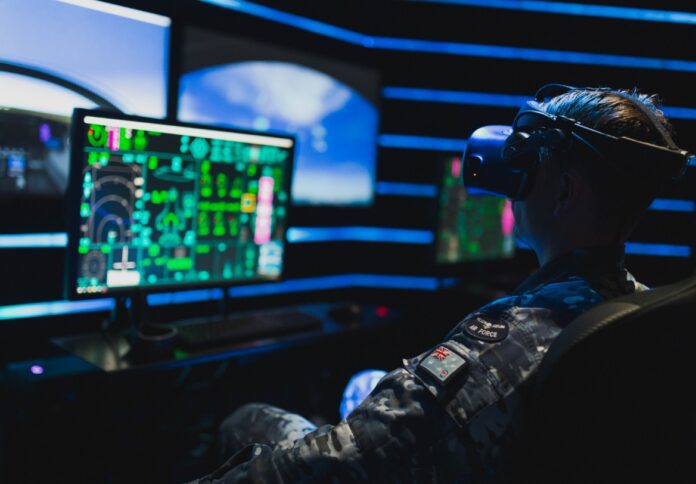
Lockheed Martin Australia has introduced its proposed AIR6500 solution, featuring a Battle Management System that could combine inputs from the Defence Department’s extensive network of highly capable sensors into a single, actionable picture, providing clarity and cohesion to a challenging undertaking.
With the new solution, Australia is said to have the potential to benefit from a global market estimated to be worth $83 billion.
The company has also doubled its sovereign workforce in just a year, with 200 Australian employees now working exclusively on AIR6500.
Meanwhile, 60 US employees who are assisting in the transfer of IAMD knowledge and technology to Australia are working with Lockheed Martin’s local team.
“Our focus on Australian industry, and how they contribute to our proposed solution, has the potential to provide a pipeline into the global IAMD enterprise,” said Warren McDonald, Chief Executive, Lockheed Martin Australia New Zealand.
To produce AIR6500, the company said it is utilising the best of the Australian industry with more than ten cutting-edge businesses that already received contracts from it, including QinetiQ Australia, Leidos Australia, Consunet, Consilium, C4I, Silentium, Penten, Lucid Consulting Engineering, and Daronmont.
“Lockheed Martin carefully hand-selected our partners, using our extensive experience in delivering battle-proven IAMD systems to not only design a solution trusted to defend Australia and its national interests but to choose those with the skills to contribute to it”, said Kendell Kuczma, International Business Development Director of Rotary and Missions Systems for Australia and New Zealand.
Kuczma said the company will develop a system that connects defence department’s contemporary technologies and displays it to commanders, enabling them to make decisions with more clarity and situational awareness.
“We understand the gravity of the task these systems bare, and to those charged with operating them to protect our nation’s interests. If ever there was a capability that you co-invest in and commit early to delivering a flexible architecture that can accommodate technological advances – it is IAMD,” Kuczma added.




















